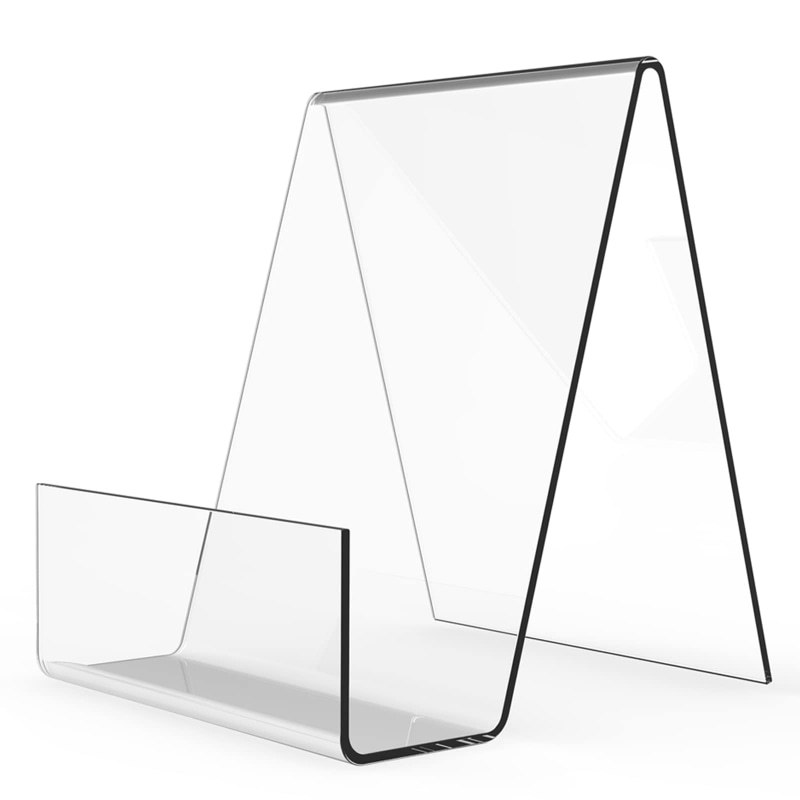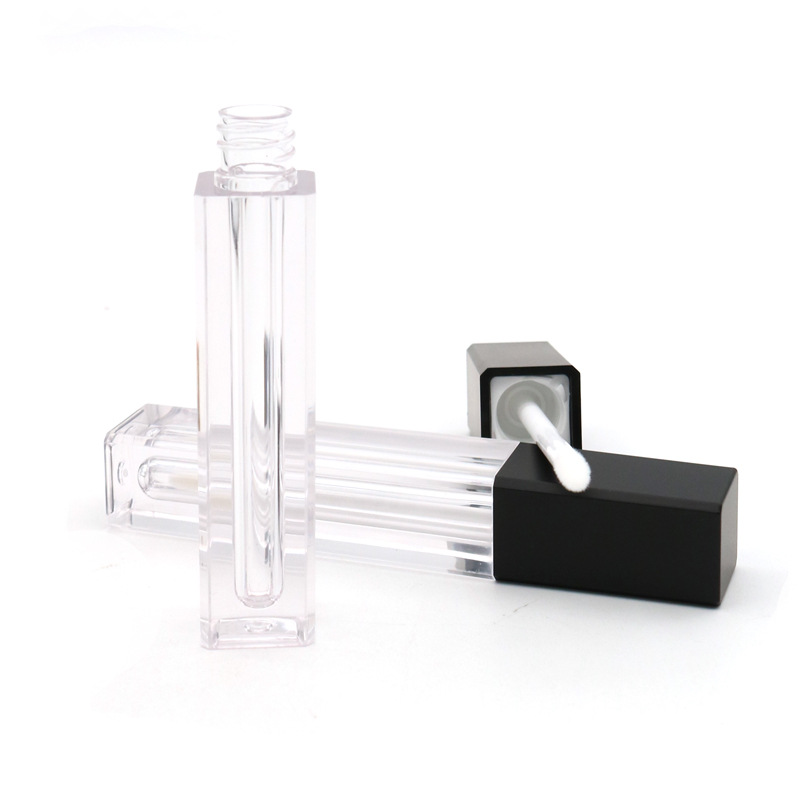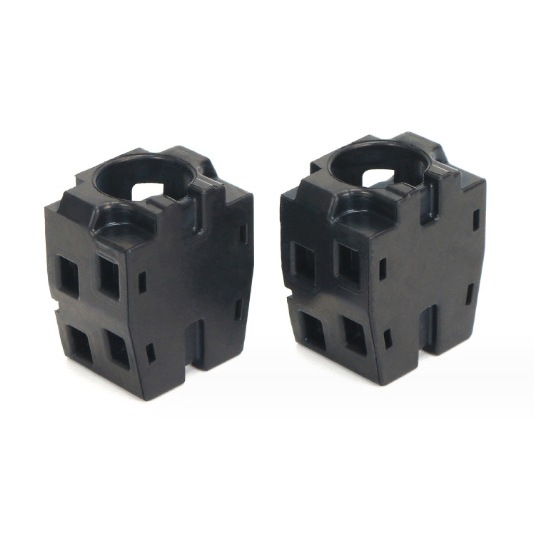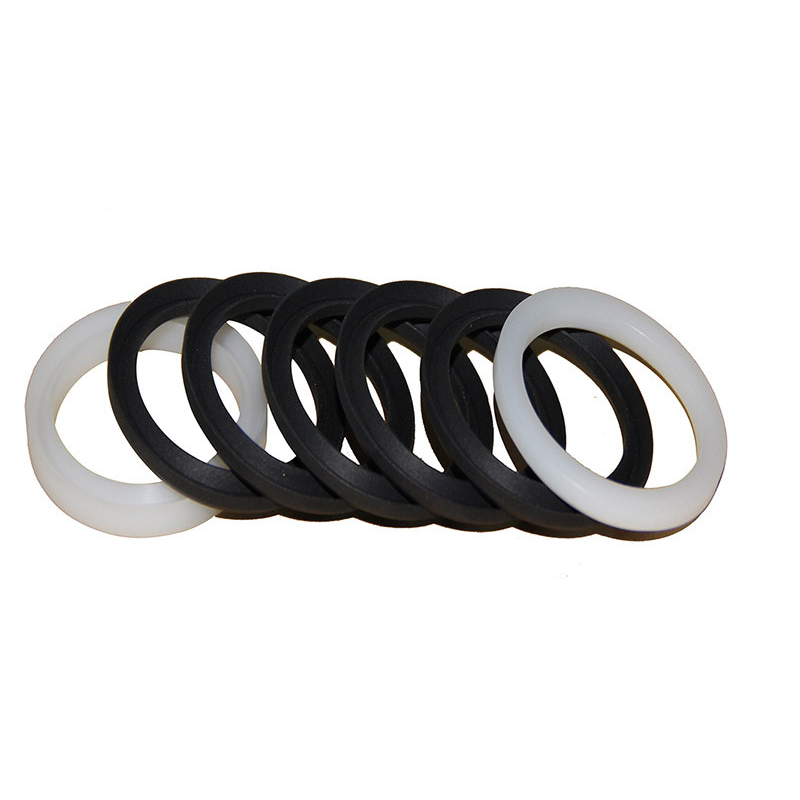Rapid Prototyping Services CNC rapid tooling 3D printing prototyping Low Volume Manufacturing
Rapid Prototyping Services
CNC Rapid Prototyping:
CNC machining is a highly suitable method for producing high-quality rapid prototypes using plastic or metal materials. If your parts require tight tolerances, smooth surface finishes, or high hardness, CNC machining is the ideal choice. At Bushang Technology, we have a wide range of CNC milling machines, lathes, and EDM machines in-house to meet all your CNC needs. After the model is tooled, we can also provide post-treatment processes such as spray painting, silk screen printing, and electroplating.
3D Printing Prototyping:
SLA and SLS are rapid 3D printing or additive manufacturing processes that we offer. These technologies are ideal for quickly realizing prototypes with complex internal structures or low precision tolerances using 3D laser printing. 3D printing and prototyping are widely used for product appearance and structure verification. SLA is particularly suitable for producing small batches of finished parts or prototypes.
Vacuum Casting:
Vacuum casting is an ideal rapid prototyping method for producing low-precision plastic parts in small batches. We utilize SLA printing technology or CNC machining to create master molds for vacuum casting. With vacuum casting, we can produce up to 30-50 high-fidelity copies of the parts. Various resins, including engineering-grade plastics, can be used for molding, and even over-molding with different materials is possible.
Types of Rapid Prototype
Concept Model:
This type of prototype is simple and serves as a proof-of-concept. It is used to convey the basic idea of the design and undergoes multiple changes before finalization.
Display Prototype:
Engineers develop display prototypes to closely resemble the final product in terms of appearance. Functionality is not the primary focus here, as the main goal is to showcase the visual aspects of the design.
Functional Prototype:
The functional prototype is designed to test the functionality of the product. Engineers and designers use this prototype to identify any necessary modifications for optimal performance. The functional prototype should behave similarly to the final product.
Pre-Production Prototype: The pre-production prototype is the final prototype developed before mass production. It serves two main purposes: validating the chosen manufacturing process for mass production and ensuring that the manufactured parts function optimally.
Materials of Fast Prototyping
Plastic, metal, and silicone can all be used to make prototypes. It is very important to choose the right material for your design.














